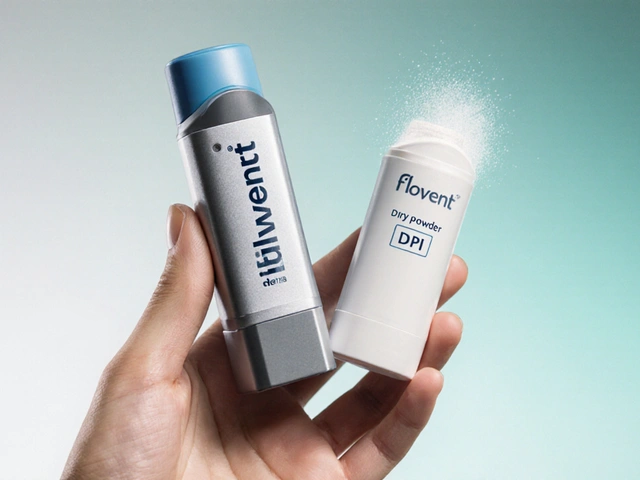Telmisartan: What You Need to Know
If you’ve been prescribed telmisartan, you probably want to know why it’s there and how to take it safely. In plain terms, telmisartan is a pill that helps lower high blood pressure and protect your heart. It belongs to a group called ARBs (angiotensin II receptor blockers) that relax blood vessels so blood can flow more easily.
Most people start feeling a steady drop in their numbers within a week, but the full effect can take a few weeks. That’s why doctors usually check your blood pressure a few times after you begin the medication. If you’re new to telmisartan, keep a notebook handy – write down when you take the drug, any side effects you notice, and your blood pressure readings. This simple habit makes follow‑up appointments a breeze.
How Telmisartan Works and When It’s Used
Telmisartan blocks a hormone called angiotensin II, which normally tells blood vessels to tighten. By stopping that signal, the vessels stay relaxed, and your heart doesn’t have to pump as hard. The result is lower blood pressure, less strain on the heart, and a lower risk of strokes or heart attacks.
Doctors prescribe telmisartan for several reasons:
- Primary hypertension (high blood pressure without a known cause).
- Kidney protection in people with diabetes.
- Preventing heart problems after a heart attack.
It’s also an option if you can’t tolerate ACE inhibitors, another class of blood‑pressure meds. If you have a history of cough with ACE inhibitors, telmisartan is a good swap because it rarely causes that side effect.
Dosage, Side Effects, and Safety Tips
The usual starting dose for adults is 40 mg once a day, taken with or without food. Depending on how your blood pressure responds, your doctor may increase it to 80 mg or 120 mg – the maximum recommended dose. Most people stick to one pill a day, which makes it easy to remember.
Common side effects are mild and often fade as your body adjusts. Expect a bit of dizziness, especially when you stand up quickly, or a mild headache. Some people notice a dry cough, but that’s far less common than with ACE inhibitors.
Serious side effects are rare, but you should call your doctor right away if you notice:
- Severe dizziness or fainting.
- Swelling of the face, lips, tongue, or throat (possible allergic reaction).
- Sudden weight gain, swelling of ankles, or trouble breathing (signs of fluid retention).
Because telmisartan can affect kidney function, doctors usually check your blood work after a few weeks and then periodically. If you have kidney disease, receive dialysis, or have high potassium levels, telmisartan might need a dose tweak or a different drug.
Here are a few practical safety tips:
- Take the pill at the same time each day – morning works for most people.
- Avoid skipping doses. If you miss one, take it as soon as you remember, unless it’s almost time for the next dose.
- Limit high‑potassium foods (like bananas, oranges, and tomatoes) if your doctor says you’re at risk.
- Stay hydrated, but don’t overdo it – too much fluid can strain the kidneys.
Finally, tell your doctor about every other medication you’re on – especially other blood‑pressure drugs, NSAIDs (like ibuprofen), or potassium supplements. Even over‑the‑counter products can interact with telmisartan and raise potassium levels.
Bottom line: telmisartan is a reliable, once‑daily option for controlling blood pressure and protecting your heart. By sticking to the prescribed dose, monitoring side effects, and keeping up with regular check‑ups, you can make the most of this medication and keep your heart health on track.
![Sartel (Telmisartan) Uses, Dosage, Side Effects, Interactions [2025 Guide]](/uploads/2025/08/sartel-telmisartan-uses-dosage-side-effects-interactions-2025-guide.webp)
Sartel (Telmisartan) Uses, Dosage, Side Effects, Interactions [2025 Guide]
Clear, current guide to Sartel (telmisartan): uses, safe dosage, side effects, interactions, and comparisons to other ARBs-practical tips you can act on today.
Aug 30 2025




